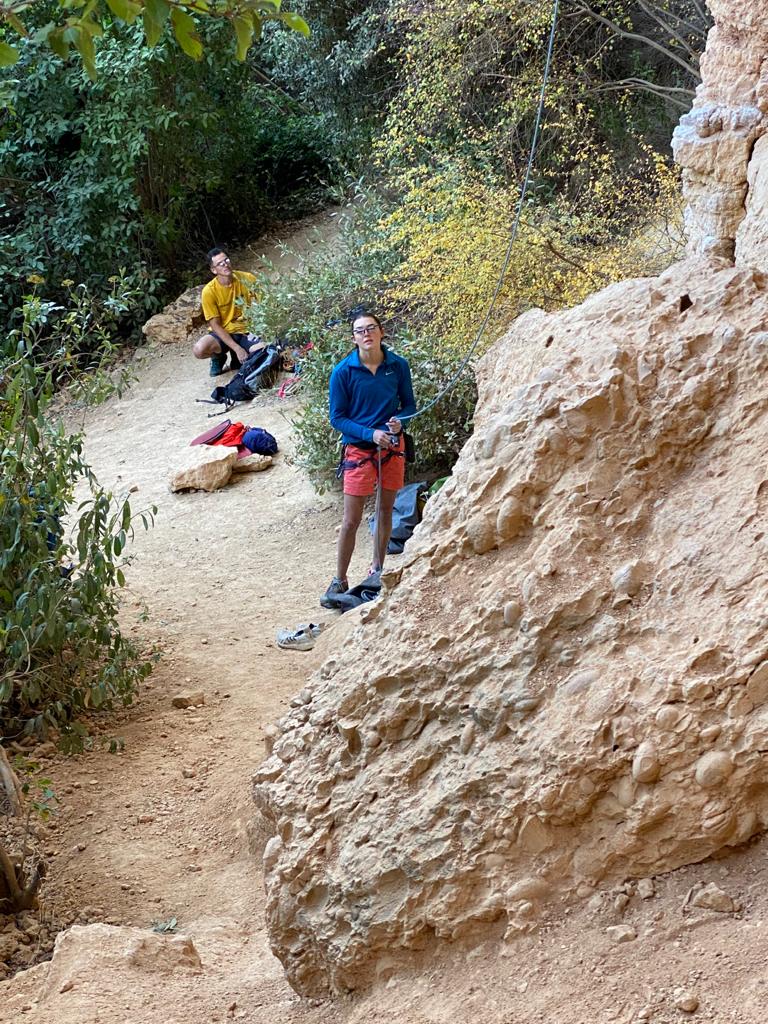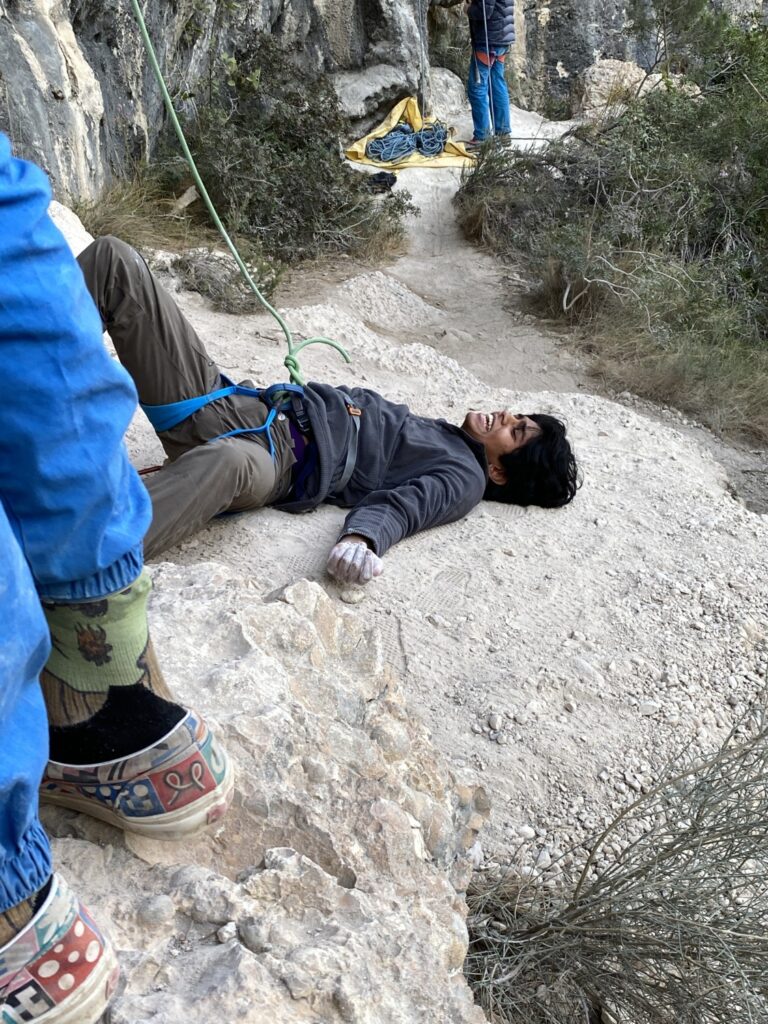Time for a hot tip this Tuesday, fresh from TCA!

There are a lot of things that go into climbing – picking the right shoes for a route, finding the best harness, how to be efficient through hard sequences. And there are a lot of important parts of belaying – how to feed slack so you don’t short rope, how to be a supportive and encouraging partner in the way your climber needs, how to give a soft – and safe – catch, and so much more.
Today’s hot tip focuses on the skill of the soft catch, making your climber feel like they are landing on a pillow – not slamming into concrete. We got our inspiration from this Climbing Magazine article entitled “The Art of the Soft Catch” by Alison Osius.
This article outlines key points that TCA students and staff focus on each time they go out to belay:
- Know the weight difference between yourself and your climber: This knowledge will help ensure you anticipate the “smile” you leave in the rope while belaying, how much to crouch before an anticipated fall, how much to hop or jump just as the rope becomes taut, and also how to protect yourself if your climber outweighs you.
- Pay attention to the amount of slack paid out between bolts and when clipping: It’s important to be aware of how much slack you give based on the tenuousness of a clip and where a climber’s body is in relation to the bolt. Additionally, it’s important to be aware of the slack, varying it depending on where a climber is on the route in relation to the ground or other features like ledges and overhangs.
- Balancing the soft catch with the risks: Soft catches are preferred and ideal to lessen the impact of fall on the climber; however, this must be weighed with other risks, such as avoiding decking or hitting a ledge.
- Get physical: Sometimes a belayer needs to be ready to move when catching a fall. This could be running backwards but most often, it’s crouching before an anticipated fall and giving a hop as the rope becomes taut. Being physical in the belay also means standing in a balanced position and being prepared to land (feet out, relaxed) as you catch a fall.
Remembering these key pieces – and the information mentioned in Osius’ “The Art of the Soft Catch” will help all those belayers out there give soft – and safe – catches!

“Catch” you next Tuesday!